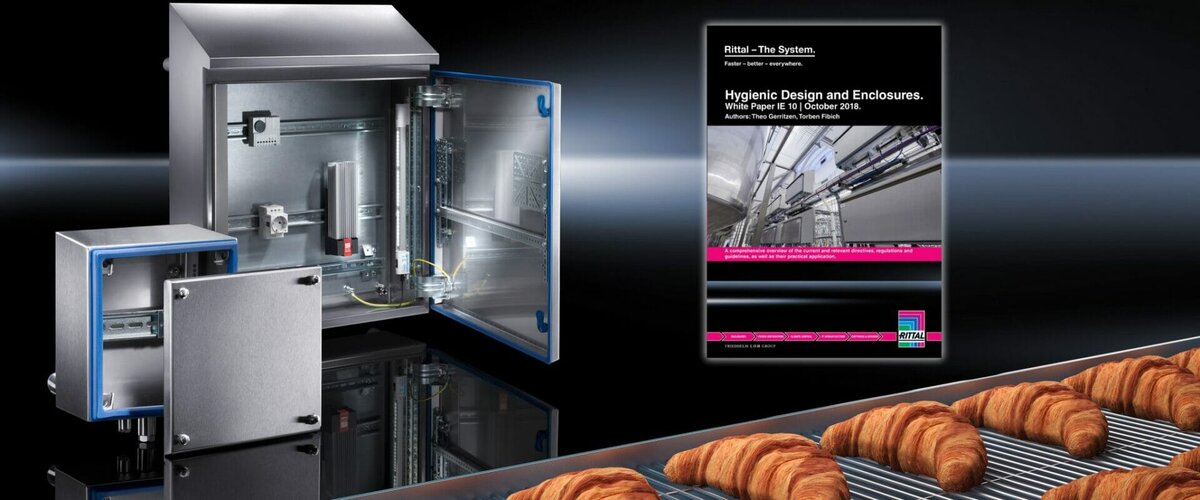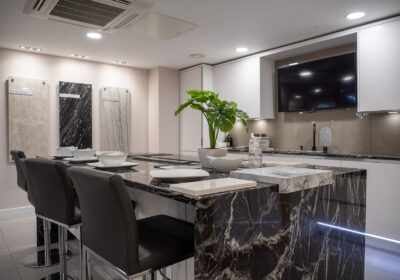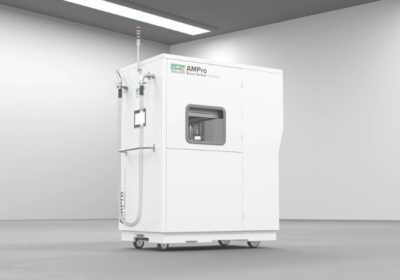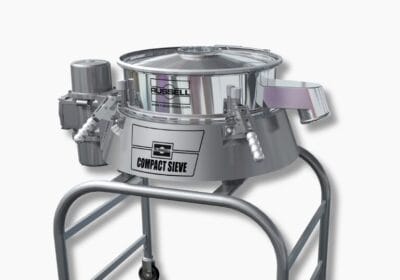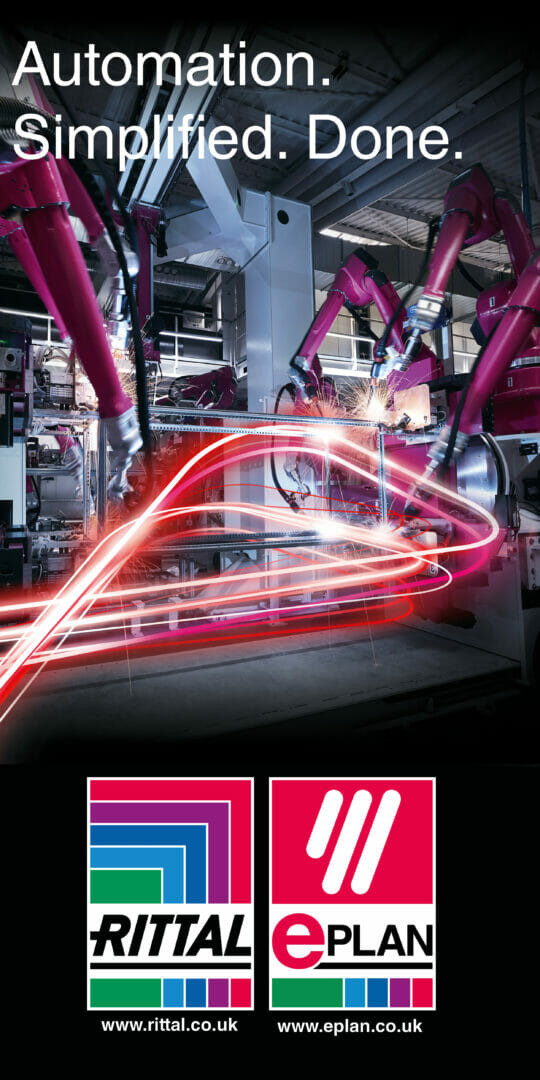Enclosures for switchgear and electrical equipment are vital across the manufacturing and engineering sectors including food and beverage production companies.
An enclosure creates a protective environment for sensitive electrical components, while also protecting operatives from contact with the electrical circuitry.
The design of these enclosures needs to take account of their location; for food production lines, this means ensuring very high hygiene standards can be maintained.Enclosures specifically designed to meet the requirements of food and beverage production lines are commonly referred to as “Hygienic Design” enclosures.
Rittal has published a White Paper which considers the distinguishing characteristics of Hygienic Design enclosures and how they must align with current and relevant directives, regulations and guidelines.
It can be downloaded at: https://info.rittal.co.uk/hygienic_design_whitepaper.
The hygiene regulations that govern our food and beverage companies contained within EU directives are necessarily stringent to protect public health. Any breaches by the companies can be hugely expensive, in terms of the cost of product recalls, reputational damage and financial losses incurred while the problems are fixed.
Everything associated with a food production line must meet the required standards for cleanliness, and that includes the enclosures protecting the electrical equipment that drives any associated automated processes. These enclosures, because of their design characteristics are commonly known as ‘Hygienic Design’ enclosures (HD).
However, while there is an obligation for hygiene standards to be met, the directives and standards that bind the industry do not advise users how to judge an enclosure’s suitability to be in such a sensitive environment.
Without standardised and recognised guidance, enclosure manufacturers, the systems and mechanical engineers, as well as end users, must make their own decisions as to the type of of hygienic design that should be employed.
In response, Rittal has published a White Paper outlining the characteristics of an HD enclosure.
It considers:
- Suitable materials and surfaces, in terms of cleaning, corrosion etc
- Connection systems, including seals and seams
- Angles and corners, which are angled for easy washdown and which avoid niches that could collect contaminants
- How to avoid penetration into the circuitry, not least by water ingress
- Testing procedures to demonstrate the suitability of an enclosure for a food production line
All this ensures that production facilities can be cleaned as easily as possible, to maintain the highest possible health and safety standards for the end consumer.
Rittal’s range of HD enclosures are designed to make them quick and easy to clean. They can withstand power washing while maintaining a fully watertight environment for the electrical components within them.
Rittal’s white paper on HD Enclosure Design can be downloaded at: https://info.rittal.co.uk/hygienic_design_whitepaper.
Further information at www.rittal.co.uk and www.friedhelm-loh-group.com or on twitter @rittal_ltd.

